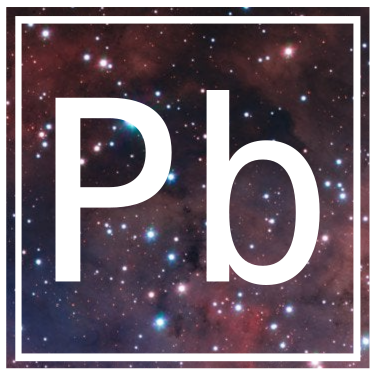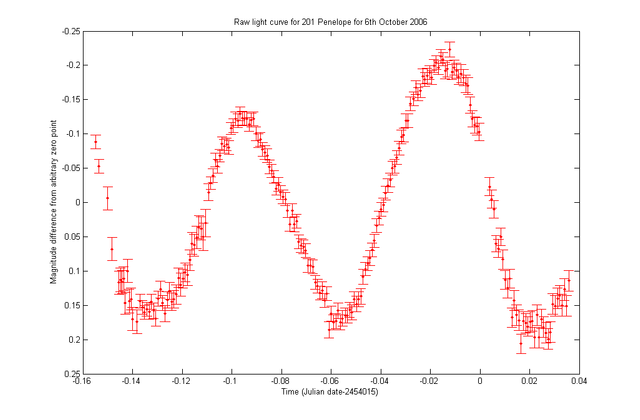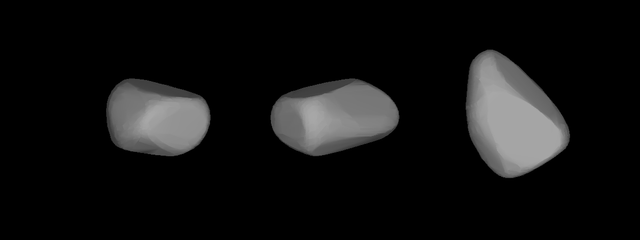
Project brief (Pb) is a series continued by me where I will be talking about scientific projects apart of the BOINC network in simple terms.
Now this isn't an analysis workshop for determining the periods of astronomical objects using photometrical data, it's a simple and super fun experience in learning about what's out there and what you could be supporting with just the click of a button!
Join me live on BOINC Radio on Febuary 28th at 4:00pm EST!
Who am I?
I'm Delta! An Australian programmer, technologist, blockchain expert, self-proclaimed physicist and co-host of the BOINC Radio podcast!
I like to communicate things to people in the simplest way possible and teach people about the most interesting things that this universe has to offer.
You can find me on Discord where I hang out in the BOINC Network server.
I am an expert tea enthusiast, bringing the finest of tea to each BOINC Radio show. Every week, join me for teatime@home where we hold razor sharp discussion about the latest trends in tea consumption and host LIVE reviews of a different flavour of tea every week!
Listen to the BOINC Radio podcast to join me on teatime@home!
What's happening this Episode?
On Febuary 28th I will be explaining the BOINC project Asteroids@home.
You may have learned in highschool that our solar system has what's called an asteroid belt where millions of asteroids are spinning around the sun and colliding into each other and being pulled by other planets in a spectacular cosmic bumper car show.
Asteroids are important to our future in space travel and to present day satellites that are travelling outside earth's orbit. Knowing where asteroids will be and what they are composed of are very important pieces of knowledge for the future of humanity.
Asteroids@home allows you to help in documenting and predicting the shape and spin of observed asteroids so that one day we can use that data to traverse our solar system or maybe start the first asteroid mining expedition!
It's just big space rocks, what's so special about those?

No, we aren't going to be playing asteroids this episode. And asteroids are not always big, there are a lot which are very tiny, and they play an important part in understanding the opportunities and threats that are out there for us in the future.
Asteroids@home has a very large collection of asteroid data, and you can see it for yourself in their database. The data includes photometry and sometimes spin information so that us volunteers can use our computers to figure out both the shape of the asteroid and how fast it is spinning.

The above is an example of photometric data. It describes the intensity of light reflecting from an object in space. As you can see, it is curvy and changes regularly, this is because the object is spinning.
Using the data above you can work out what's called the period of the spin (how long it takes to complete one full spin) and once you calculate the period, you can then calculate what the asteroid might look like in reality like the image below...

You're probably asking why we don't just take a photo of it and get the 3D model from there. The only problem with that is these asteroids are sometimes so small that we can't get an image of them so rather we have to use some very intricate mathematics to predict it.
Don't have a good computer or want to donate your spare time?
Join Zooniverse, a site for volunteer science!
Solve puzzles and complete tasks that help real scientists solve real problems!
Check out my twitch.tv and youtube channel where I do volunteer science every now and then! Make sure you follow me and subscribe to get a notification whenever I go live!
This post has been voted on by the SteemSTEM curation team and voting trail. It is elligible for support from @minnowbooster.
If you appreciate the work we are doing, then consider supporting our witness @stem.witness!
For additional information please join us on the SteemSTEM discord and to get to know the rest of the community!
Please consider using the steemstem.io app and/or including @steemstem in the list of beneficiaries of this post. This could yield a stronger support from SteemSTEM.
Downvoting a post can decrease pending rewards and make it less visible. Common reasons:
Submit